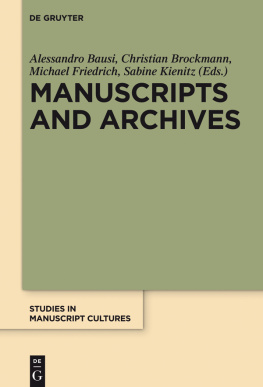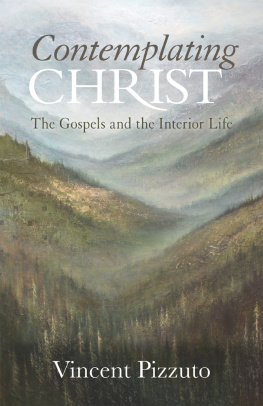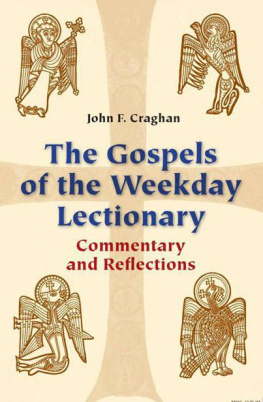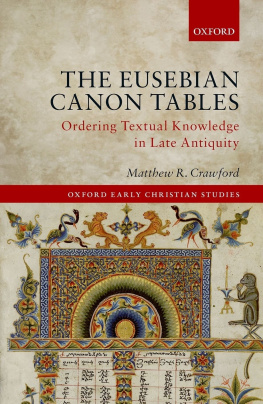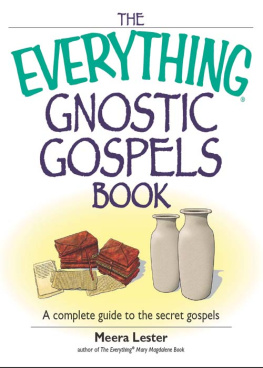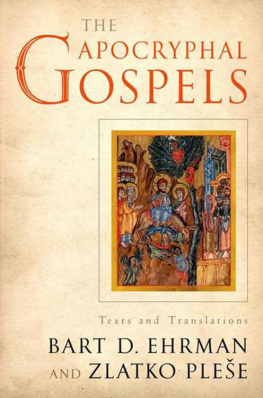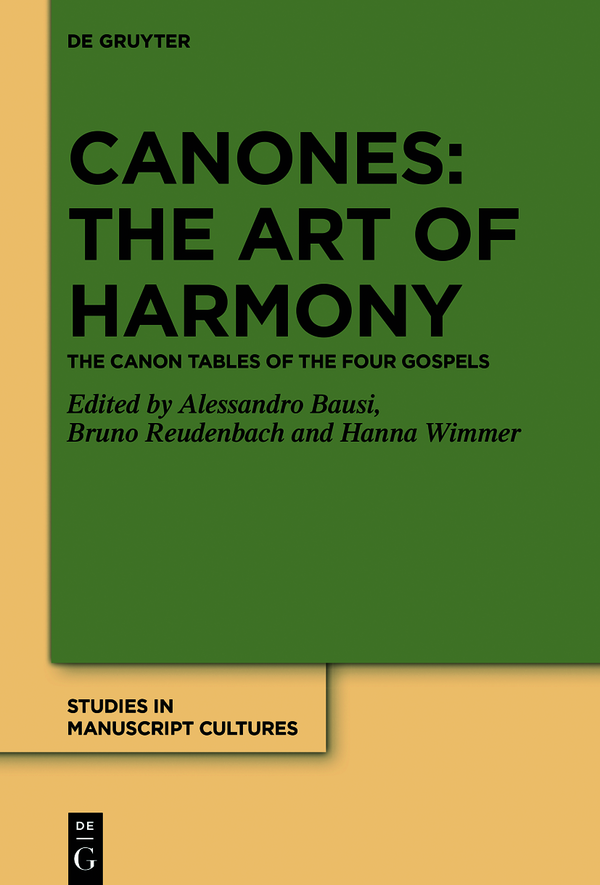Studies in Manuscript Cultures
Edited by
Michael Friedrich
Harunaga Isaacson
Jrg B. Quenzer
Volume
ISBN 9783110625769
e-ISBN (PDF) 9783110625844
e-ISBN (EPUB) 9783110626445
Bibliographic information published by the Deutsche Nationalbibliothek
The Deutsche Nationalbibliothek lists this publication in the Deutsche Nationalbibliografie; detailed bibliographic data are available on the Internet at http://dnb.dnb.de.
2020 Walter de Gruyter GmbH, Berlin/Boston
This work is licensed under the Creative Commons Attribution-NonCommercial-NoDerivatives 4.0 International License.
Notes
Grafton/Williams 2008; Hollerich 2013, 630632.
Merkel 1971; Watson 2013.
Wnsch 1982, 627629; Petersen 1994.
Grafton/Williams 2008, 133232; Wallraff 2014.
Crawford 2015.
Eusebius, De vita Constantini, 4.36. Hollerich 2013, 632.
Nordenfalk 1938, 50; Crawford 2015, 18.
Roberts/Skeat 1983, 3866; Gamble 1995, 4281; Hurtado 2006, 4393; Parker 2008, 1329; Seeliger 2012 with exhaustive bibliography 564570; Wallraff 2013, 825.
Reudenbach 2019, 263.
Klauser 1961; Nordenfalk 1982, 30; Reudenbach 2009.
Nordenfalk 1938, 53, 6572, 148152, 171173, 208211, 228230, 289297.
Nordenfalk 1982, 2930; Crawford 2015, 2526.
Nordenfalk 1938, 49; Reudenbach 2019.
Nordenfalk 1938, 223; Wessel 1978, 936942; Sevrugian 2004, 3839; see also already Gwilliam 1890 and 2006.
Nordenfalk 1938.
Underwood 1950; McKenzie/ Watson 2016, 121140.
OLoughlin 2010, 34.
Nordenfalk 1938, 51.
Coogan 2017; Crawford 2015, 2019; OLoughlin 1999, 2010, 2014, 2017; Wallraff 2013.
We have to mourn deeply the passing away on 27 May 2019 of Judith McKenzie, whose paper summarising the outcomes of her magnificent publication was presented at the 2018 Hamburg conference by Fotini Spingou.
For the Syriac tradition see for example Bernab 2014 and note 14 above. For the Armenian tradition see Mathews/Sanjian 1991, 166176; Kouymjian 1996, 10251042; Sevrugian 2004; Amirkhanian 20082009. To the particularly rich Armenian tradition of commentaries on the canon tables was dedicated the paper presented by Varduhi Kyureghyan at the 2018 Hamburg Conference, that could unfortunately not be included in the present volume.
Carl Nordenfalk
Ewa Balicka-Witakowska
Abstract
The essay is on Carl Nordenfalk, Swedish art historian, medievalist and museologist. The objective is to present his internationally acknowledged professional life and elucidate the circumstances which led him to write his celebrated doctoral dissertation, Die sptantiken Kanontafeln. This pioneering work contributed immensely to scholarship on the history of the medieval book and is still recognised for its long-lasting scholarly value.
I am grateful to Dr. Robert Phoenix for linguistic revision of this text and to Ms Emilia Strm for providing me with access to the materials in the Stockholm NMs archives. I also acknowledge Weronika Witakowska for her patient assistance in the preparation of the illustrations and Mr Samuel Fogg for sharing with me the photographs from his collection.
In 1938 Carl Nordenfalk published his doctoral thesis on the Eusebian canon tables. This study marked the start of his long and successful academic career and also signalled his life-long interest in illuminated and decorated manuscripts. His dissertation came to be recognised as one of the most valuable contributions to medieval art history. Its impact is still felt today. This work established a solid foundation for scholarly investigation of the gospel books. It also opened up a new area of research which continues to benefit from further explorations. The collection of papers presented in this volume supplies fitting testimony to it.
International scholarship remembers Carl Nordenfalk primarily as an exceptionally competent authority on the art of the medieval book and the author of several comprehensive studies in this field. Less well known, particularly nowadays, is that he was also a museologist of excellent reputation, a prolific writer of scholarly and popular texts on a number of art historical topics and editor of numerous publications.
The contribution here derives much of its data from Nordenfalks memoirs, up to now only published in Swedish. In this book, unpretentiously titled Mest om konst (Mostly about art), Nordenfalk writes about his professional and academic life, his meetings, cooperation and friendship with famous scholars, museum experts, and patrons of the arts. Describing the various settings and environments in which he worked, the author elucidates the different cultural phenomena he had the opportunity to deal with, in conclusion analysing the aims and results of his research. Out of these fascinating narratives, composed throughout with literary skill, admirable objectivity, self-distance, and crisp humour, emerges the image of an ingenious personality and a scholar firmly convinced of the value of knowledge and art.
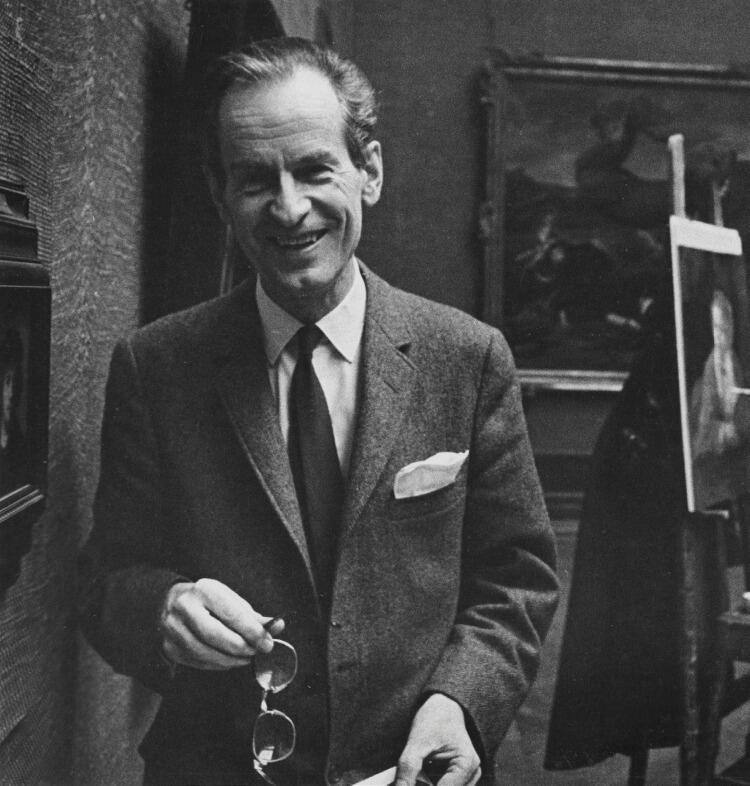
Fig. 1: Carl Nordenfalk, Stockholm 1966, photo H. Hammerskild. With permission of the Stockholm National Museums archives.
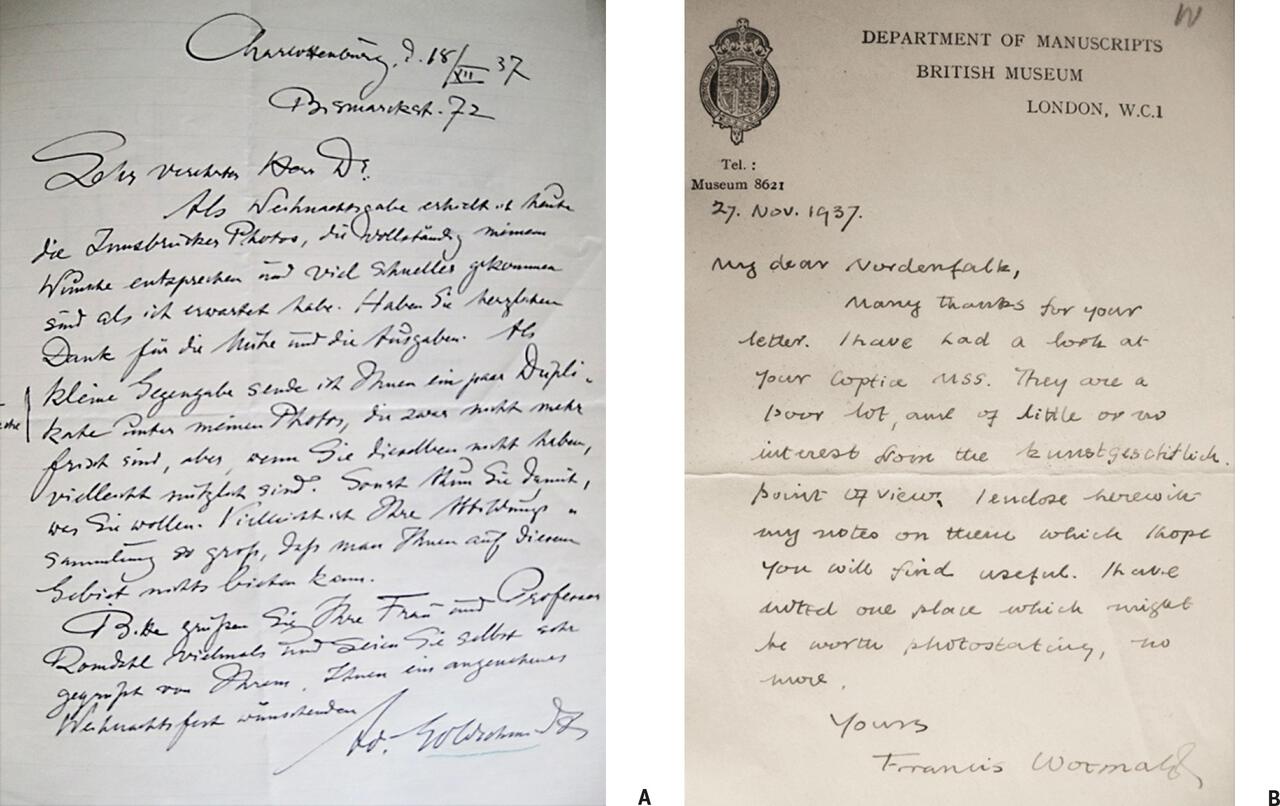
Fig. 2AB: Letters to Nordenfalk; A: from Adolph Goldschmidt, B: from Francis Wormald. With permission of the Stockholm National Museums archives.
Brief biography
Carl Nordenfalk was born in Stockholm on December 13th, 1907. In 1926 he first studied history, continuing with art history at the University of Uppsala, Stockholm University and finally at Gothenburg University. As early as 1927, he developed a sustained interest in art history while studying German in Bonn, where he participated in Paul Clemens seminars, a reputable specialist in Romanesque and Gothic church architecture of the Rhineland.
Upon his return to Sweden, Nordenfalk wrote his master thesis on the Echternach School of book painting, ).
In autumn 1935 Nordenfalk joined the staff of the Museum of Art in Gothenburg, where he combined research activities on various subjects concerning illuminated manuscripts with his duties as the museums assistant director. In 1938, at Gothenburg University, he defended his doctoral dissertation Die sptantiken Kanontafeln: kunstgeschichtliche Studien ber die eusebianische Evangelien-Konkordanz in den vier ersten Jahrhunderten ihrer Geschichte ).
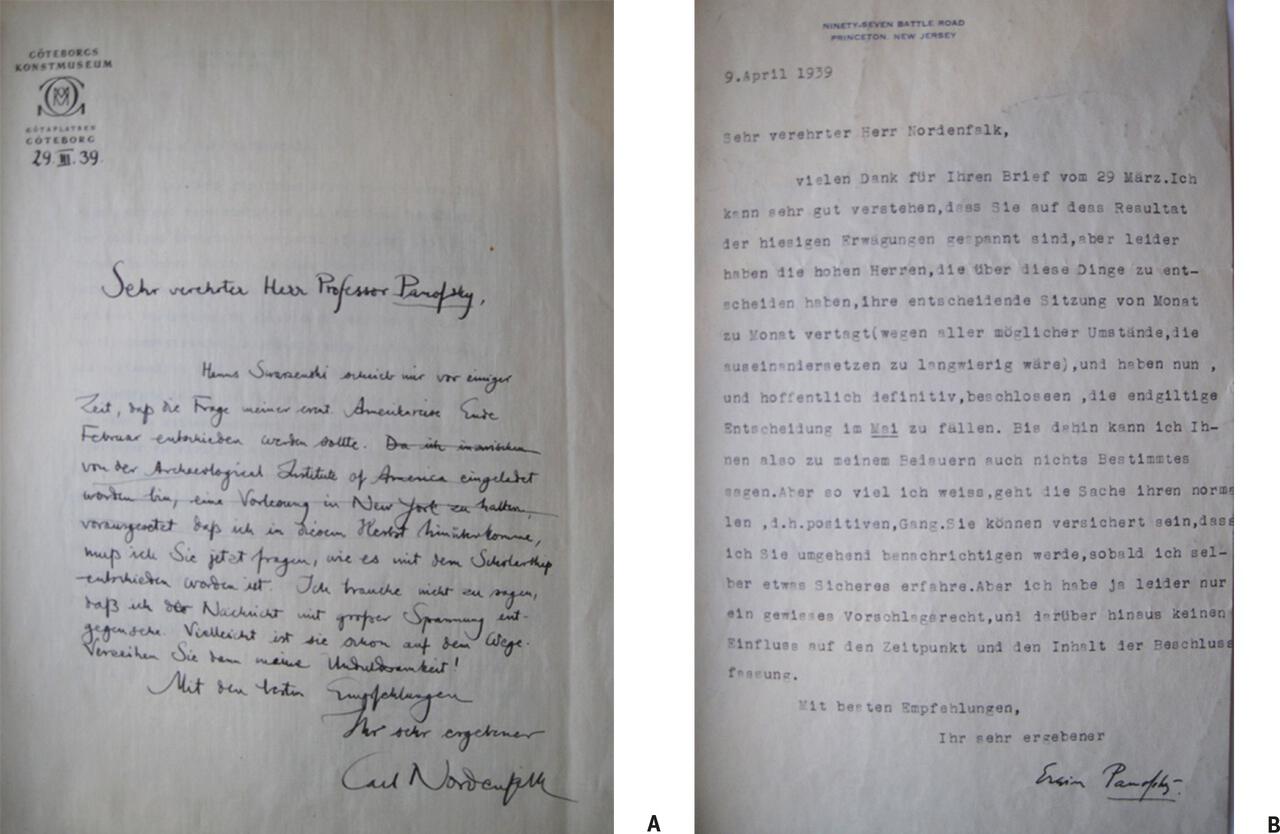
Fig. 3AB: A: Letter from Nordenfalk to Erwin Panofsky and B: letter from Panofsky to Nordenfalk. With permission of the Stockholm National Museums archives.
Nordenfalk continued his museum career. From 1944 to 1958 he worked in the National Museum of Stockholm as head of the Department of Outgoing Activities, where he was responsible for permanent loans, travelling exhibitions and cultural education. His vast scholarly production was connected to the artefacts in the museum ).
In 1958 Nordenfalk was appointed the chief curator for the Department of Art and Sculpture in the Stockholm National Museum. Shortly thereafter, he became the museums director, a position which he held until his retirement in 1968.


